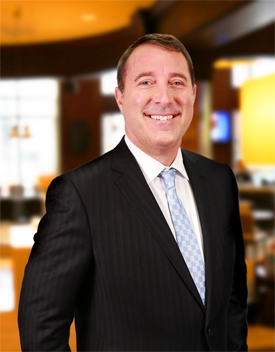
You survived the crash, but now the hard part begins. In the days and months after a motorcycle accident, life rarely goes back to normal as quickly as you hope. You may face painful medical treatments, mounting bills, and questions about your future. Even when the physical scars begin to fade, the emotional and financial toll can linger long after.
For riders across Wisconsin, understanding what the first year after a motorcycle crash looks like can make the journey less overwhelming. With the right support—including guidance from an experienced Wisconsin motorcycle accident attorney—you can move forward knowing you’re not alone in this process.
How Long Does Physical Recovery Really Take?
Most riders underestimate the length of the recovery timeline after a motorcycle crash. While some injuries may heal within weeks, many require months of treatment and rehabilitation.
Broken bones often need surgery, metal plates, or rods to stabilize healing. Soft tissue injuries such as torn ligaments or nerve damage can take even longer to recover, sometimes leaving behind permanent limitations. Riders with traumatic brain injuries (TBI) may spend the better part of a year in therapy, relearning daily tasks or adjusting to lasting changes in memory and concentration.
It’s also common for new issues to appear months later. Scar tissue, chronic pain, and stiffness can surface long after doctors say the initial injuries have healed. That’s why medical follow-ups and ongoing physical therapy remain essential well into the first year.
The Emotional Toll Few People Talk About
The physical wounds are visible, but the emotional effects often stay hidden. Many riders report experiencing:
- Anxiety and hypervigilance. Even short car rides can feel terrifying, making everyday travel stressful.
- Depression. Losing independence, income, or mobility can trigger feelings of hopelessness.
- Post-traumatic stress. Flashbacks, nightmares, or avoidance of riding are common signs of trauma after a serious crash.
It’s also not unusual for family members to struggle, since spouses often carry the weight of caregiving and children may be frightened by changes in the household and their daily lives. Counseling, peer support groups, and honest conversations with loved ones can help address these hidden struggles.
The Financial Strain of the First Year
Medical bills start arriving almost immediately, often before you’ve even left the hospital. Ambulance rides, emergency surgery, diagnostic imaging, and follow-up care can add up to tens of thousands of dollars within weeks.
At the same time, lost wages pile on. Many riders cannot return to work for months—if at all—after a crash. This financial strain often forces families to drain savings, borrow money, or fall behind on essential expenses like rent or utilities.
Health insurance may cover part of your treatment, but deductibles, copays, and uncovered services (such as certain rehabilitation programs) can leave you with substantial out-of-pocket costs. Without legal support, insurance companies may also undervalue or deny compensation for long-term care and future lost income.
The Legal Process in the First Year
For many riders, the first year after a motorcycle crash is their first encounter with the legal system. Insurance companies often reach out quickly with settlement offers, hoping to close the claim before the full impact of injuries is known.
Accepting too early can leave victims with far less than they need to cover future medical care, lost earning potential, or pain and suffering. A Wisconsin motorcycle accident attorney can help by:
- Investigating the crash. Collecting evidence such as police reports, witness statements, and accident reconstruction.
- Calculating long-term damages. Factoring in future surgeries, therapy, and reduced earning capacity.
- Negotiating with insurers. Pushing back against lowball offers and protecting you from unfair tactics.
- Filing a lawsuit if needed. Preparing your case for trial if you cannot reach a fair settlement with the insurance company.
Many riders find peace of mind knowing an experienced attorney is protecting their rights while they focus on physical healing.
Why Support Systems Matter
The first year can feel isolating, but support makes a difference. Family and friends provide emotional and practical help, while medical providers ensure your treatment stays on track. Legal advocates protect your financial future, ensuring you don’t face the crash’s consequences alone.
In Wisconsin, community organizations, nonprofits, and motorcycle safety groups also provide valuable resources. From support groups to financial assistance programs, these networks remind injured riders that recovery is not a solo journey.
Moving Forward After the First Year
By the time the first anniversary of your crash arrives, you may still be adjusting to a new normal. Some riders are back to work and on the road again, while others are still undergoing treatment or learning to adapt to permanent changes.
The first year is not about “getting back to where you were.” Instead, it’s about laying the foundation for your future—physically, emotionally, financially, and legally. With persistence, support, and trusted guidance, many riders find that while life looks different, it can still be meaningful and fulfilling.




